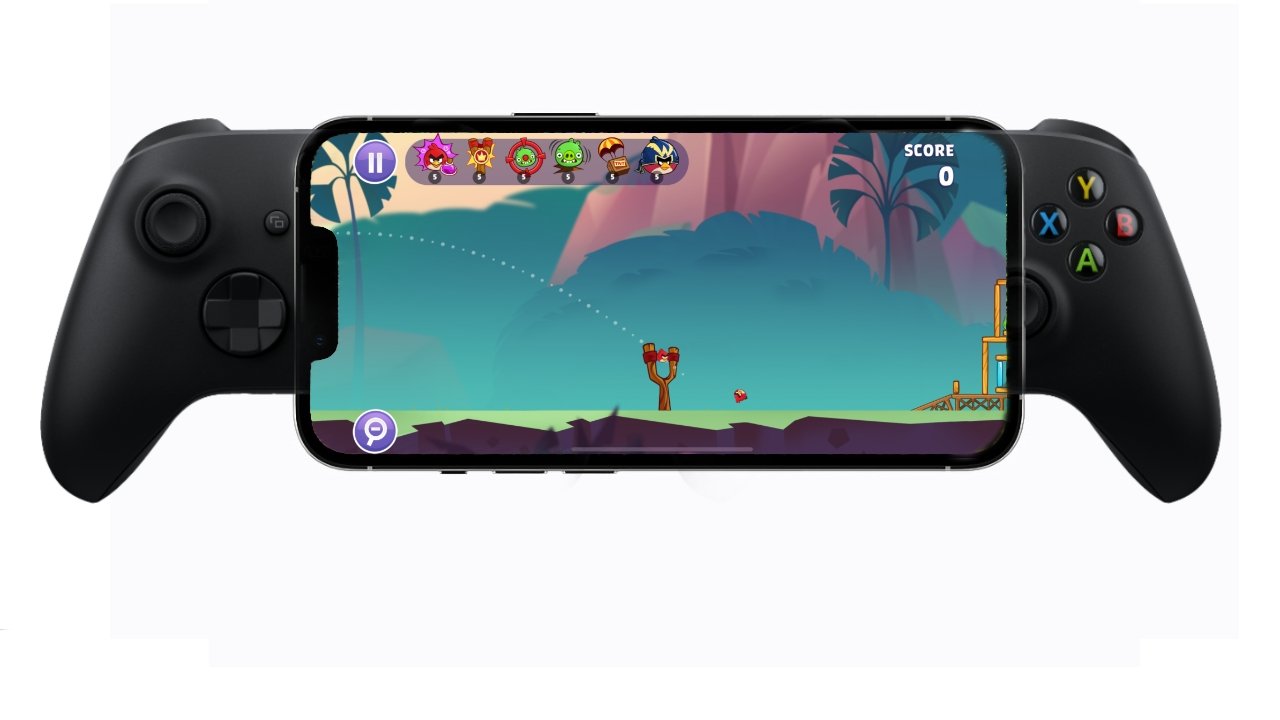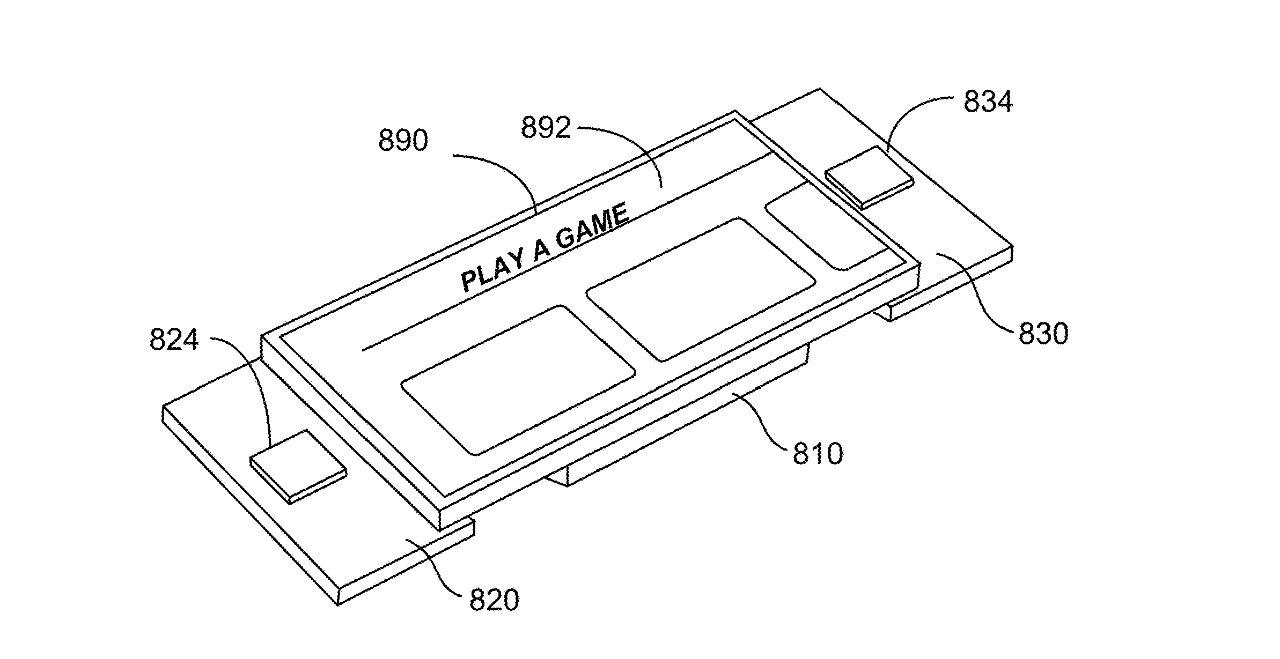Apple could make game controller that magnetically attaches to iPhone
Apple Arcade games could be played in the future by using console-like game controllers that magnetically snap on to the sides of an iPhone or iPad.
Plenty of Apple Arcade games are either made to be played with a game controller, or just work better with one. Currently your best option is to just buy a separate controller, although there is the Backbone One.
That $99 device takes the left and right side of a familiar-looking game controller, and separates them with a wide, flat stretch of plastic. It's exactly the right size to slot an iPhone in, and the result is a regular iPhone with full game controller paddles and buttons.
Backbone One is currently shipping, but now a newly-revealed patent application shows that Apple has its own, and bigger, ideas for helping iPhone gamers. The end result would look similar, but instead of slotting in an iPhone, you would magnetically snap the controls onto the side of the device.
"Magnetically attachable gaming accessory," proposes a system that sounds similar to the Apple Pencil. That can now be attached magnetically to an iPad, and rather than simply affixing the stylus there, the Apple Pencil can be charged.
To be clear, Apple headlines this patent application as being about gaming, but the detail in it wants to cover the attaching of any accessory device to an iPhone — or an iPad
"Accessories that can improve a specific functionality of an electronic device, can readily attach to an electronic device, can be easy to use, and can have a small and efficient form factor," it says. "One example can provide a gaming accessory that can improve the game playing functionality of an electronic device, such as a phone, tablet, or other computing device."
"This gaming accessory can provide a physical interface for controlling game activities on the electronic device," it continues, "such that a screen of the electronic device remains at least largely unobstructed during game play."
Apple points out that we all have our iPhones with us all of the time, and that this means they are called on to do any number of different tasks.
"As a result of this constant companionship, it can be desirable for these electronic devices to be particularly adept at performing specific functions," says Apple. "Accordingly, it can be desirable to provide accessories that can improve one or more functionalities of an electronic device."
However, it "can be difficult to attach an accessory," and moreover, Apple argues that any "significant effort in making such a connection can quickly reduce the desirability and usefulness of the accessory."
Apple maintains, then, that accessories have to be simple and convenient.
"Thus, what is needed are accessories that can improve a specific functionality of an electronic device," continue the patent application, "can readily attach to an electronic device, can be easy to use, and can have a small and efficient form factor."
Consequently, Apple proposes as one example, a game controller that includes "an attachment feature that can attach the gaming accessory to a surface of an electronic device."
It's not enough to just snap an accessory onto the side. While Apple does concentrate mostly on that connection in this patent application, it underlines that the accessory must be able to pass information directly to the iPhone or iPad.
"For example, data can be transferred between a gaming accessory and an electronic device using near-field communication circuitry," it says. "[Or data] can be transferred between a gaming accessory and an electronic device using charging circuitry... Bluetooth or other wireless protocol... [or] electrical contacts."
Apple really sweats the details though. Having argued for the use of magnetically attachable accessories, it also examines the risks they could pose to data on, or near, the iPhone.
"[It] can be desirable to limit a strength of a magnetic field generated by the fixed magnetic array at a contacting surface of the gaming accessory," says Apple, "in order to protect information that might be magnetically stored, for example on credit cards, transit passes, or elsewhere."
So the proposal is not only for accessories that attach magnetically, but for accessories that recognize when they are being attached, detached, or stored. They alter their magnetic strength to suit the current use.
This patent application is credited to six inventors. They include Julian K. Missig, whose previous work for Apple includes a patent presumably related to Sidecar, for sharing data across multiple displays.
 William Gallagher
William Gallagher












 Andrew Orr
Andrew Orr
 Marko Zivkovic
Marko Zivkovic
 David Schloss
David Schloss

 Malcolm Owen
Malcolm Owen


 Mike Wuerthele
Mike Wuerthele






